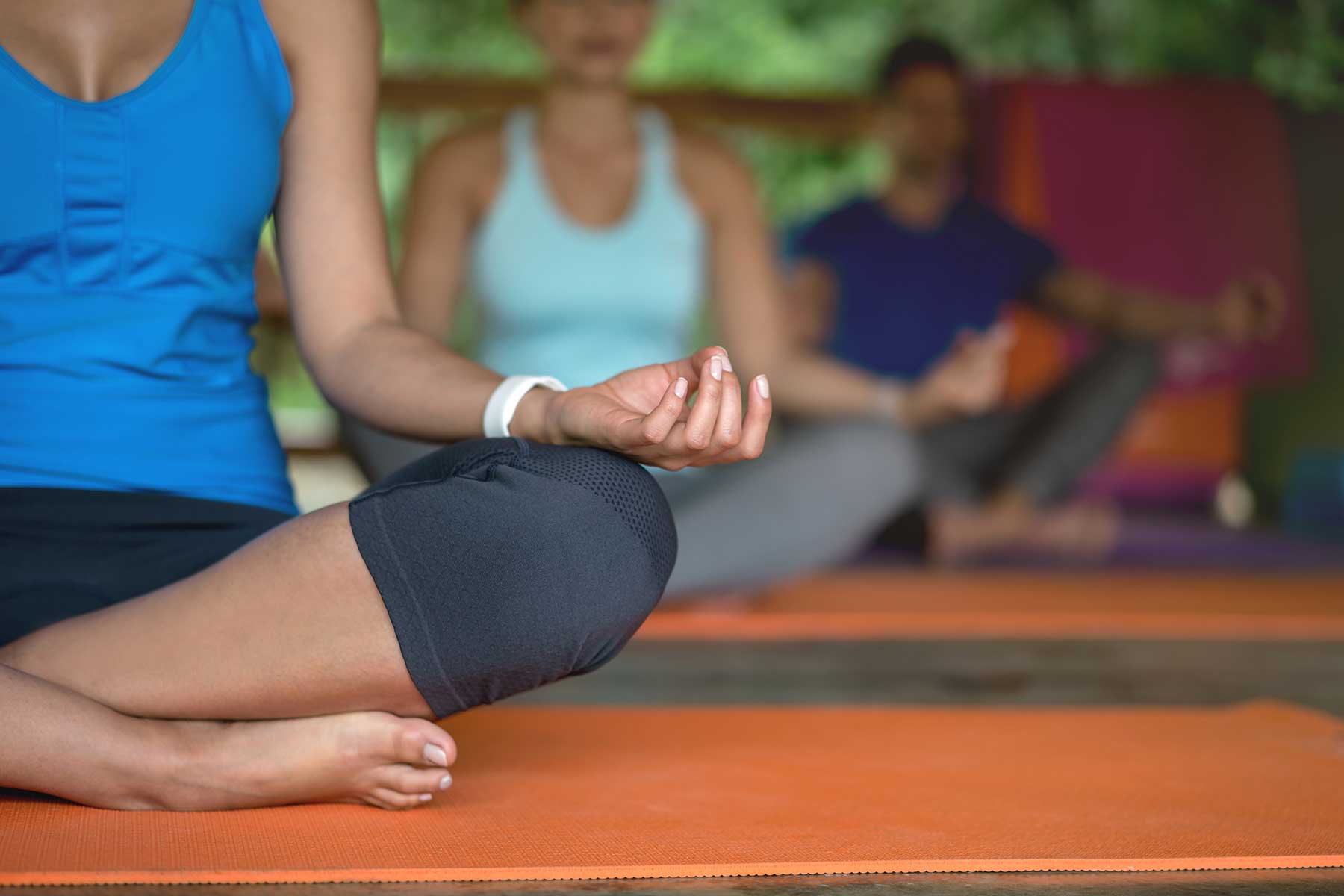“Effective leaders need to be self-aware – they need to understand their strengths and weaknesses, their possible blind spots, and the style of leadership to which they gravitate.”
Dr. Larry Richard
I have been thinking about what it means to have a practice of something. Specifically, what it takes to have a practice and what changes when you do. Calling myself out, I will admit that I have a lot of yoga clothes, but I don’t have a yoga practice. This means that I have lot of comfortable clothes, but I don’t have the strength and flexibility that comes with a yoga practice. I could argue that I know how to do yoga, and I do it occasionally, and as a result I experience the benefits of mindfulness, breath, and alignment that come with a yoga session. But still, episodic yoga practicing delivers short term benefits, whereas developing a yoga practice delivers long term benefits that ripple out into other areas of life and create downstream benefits. In the process of reflecting on this, I realized that the same principles apply to leadership. Some say leadership is a journey; I think leadership is a practice and it, like yoga, takes more than the “superhero” corporate clothes and the occasional leadership class to become a leader. What does it mean to develop a leadership practice?
A leadership practice relies on ideas and action. Think about that for a moment, because it’s not as straightforward as it seems. I train emerging leaders on a regular basis. About 15% of any given leadership academy class takes action on what they learn. That means they translate the concepts they learn into behaviors that make sense in their day-to-day life. Are you one of the 15%? Or do you prefer to hold onto the ideas and ponder them, shelve the leadership resources, and have the equivalent of a closet full of yoga clothes? With a 15% take-up rate, think how easy it would be to differentiate yourself if you were willing to practice. Are you ready to develop (or re-commit to) your practice?
Prac • tice
- The actual application or use of an idea, belief, or method, as opposed to theories about such application or use.
- Repeated exercise in or performance of an activity or skill so as to acquire or maintain proficiency in it.
A leadership practice relies on your willingness to repeatedly practice what you already know, as well as introduce new elements to encourage a wider range and greater flexibility. This means you have to be willing to try, which also means that you can handle not being fantastic at something while you practice. To develop into an exemplary leader, you must routinely focus your practice on these five areas. These are the major muscle groups of a leader, an extremely well-validated fact by The Leadership Circle:
- Achieving Results –> leading with vision and purpose
- Systems Awareness -> thinking from on the ground and the aerial view
- Relating -> connecting to others and bringing them along
- Self-Awareness -> well acquainted with your interior terrain and your current context
- Authenticity -> you are walking your talk, and when you don’t, you own it
In your leadership practice, your priority is to develop strength and flexibility, in yourself and others, in four areas we refer to as Human TECC™. These are human differentiators that cannot be replaced by artificial intelligence, and if you’re not already paying attention to these now would be a really great time to start:
- Critical Thinking
- Emotional Engagement
- Creativity and Innovation
- Collaboration
Like Warrior, Mountain, Tree, Shavasana (my favorite – you yogis out there will get this) the discipline of leadership has multiple competencies that require different focus and strength – systems awareness, trust, prioritization, style, emotional agility, communication, empathy, coaching, etc. To practice them all in on a regular basis – and in the company of other people also developing their leadership practice – you would have to be in one of our pLink leadership programs, but today I will give you one you can practice at home.
Practicing your Leadership Flex
When leading change, people demonstrate two primary leadership styles: directive and collaborative (Zenger and Folkman, 2009). Directive is characterized by: telling rather than asking, prioritizing timely decision making, communicating of clear expectations, and regularly tracking progress. Unchecked, it is authoritative, bossy and micro-managing. Collaborative is characterized by: asking rather than telling, prioritizing inclusive processes, encouraging and asking for feedback, adjusting approach based on input. Unchecked, it is unfocused, lacks leadership presence, and slow to create outcomes. These styles are so intuitive and ingrained that it feels awkward to be anything else (like writing with your left hand if you are right handed) and people have a lot of stories about the “other” style and how lame it is. Enter the problem and the opportunity. The research of Zenger and Folkman tells us that the most effective style is a combination of both in the same person. To develop our leadership practice, we must cultivate our leadership style’s ability to flex between directive and collaborative, depending on the most important outcomes and current context. Which means we have to develop a practice. Begin here:
- What is your hunch about your style?
- What feels most comfortable to you – leading on your own so you can do what you want, or doing it with others?
- What are your beliefs about the other style?
- What do you think about people who lead like that?
- What do you think is at risk if you were to adopt the other style?
- What would be different for you if you developed proficiency in the less familiar style?
Craft a Safe Pilot
Choose one, low risk area in your life where you can practice flexing your style. If you are a highly collaborative leader, practice what it feels like to give clear direction from further away. You may find that your team members are relieved that you are showing up with that kind of focus and decisiveness. If you are a highly directive leader, experiment with what it feels like to wait for at least three people to weigh in on any given question before you offer up your opinion. You might notice that no one speaks up right away because they are waiting for you – this hinders your ability to get diverse thinking into the room, and compromises the strength of your leadership bench over time.
The goal is to practice yourself into familiarity into both styles so that you can exercise your exclusively human aptitude of deciding to decide which style is most likely to yield the best results in any given situation. This is adaptive leadership, and one small practice in the larger practice of leadership. Enjoy the effort, reap the reward.



